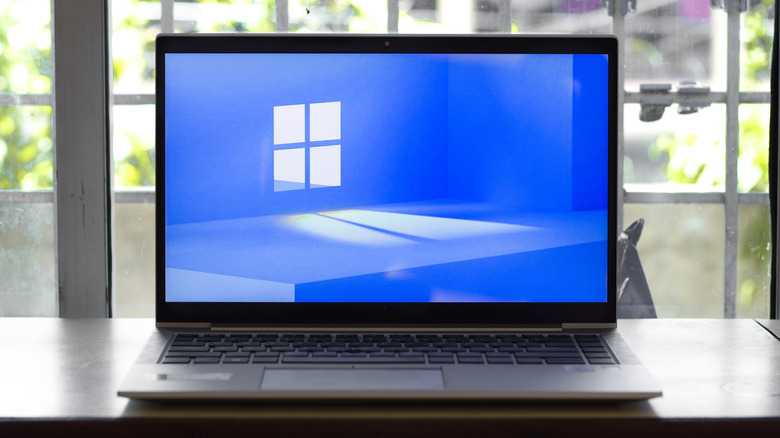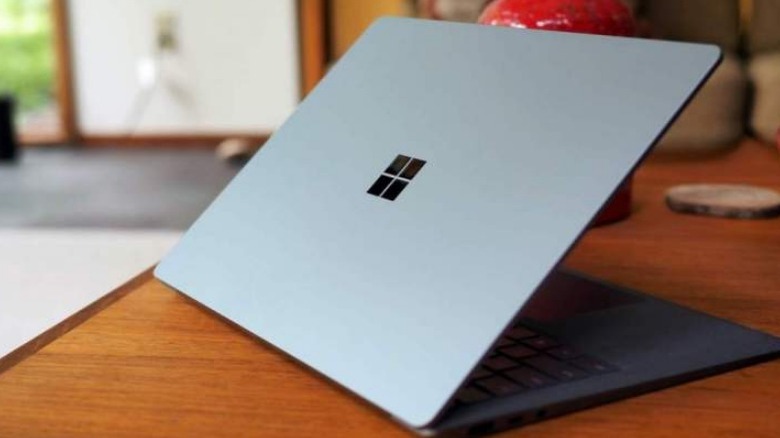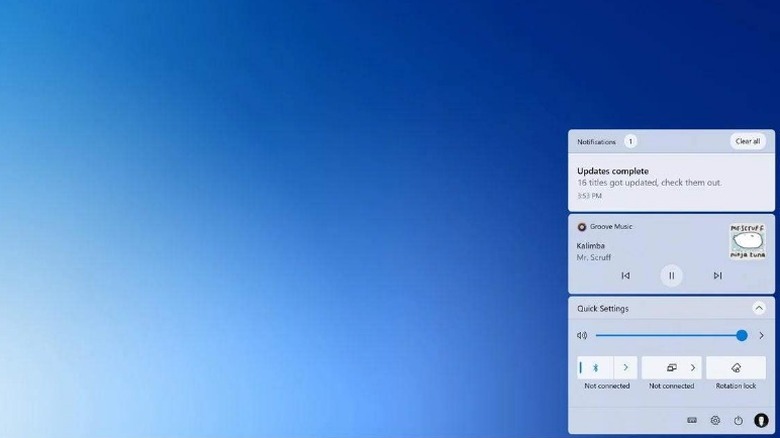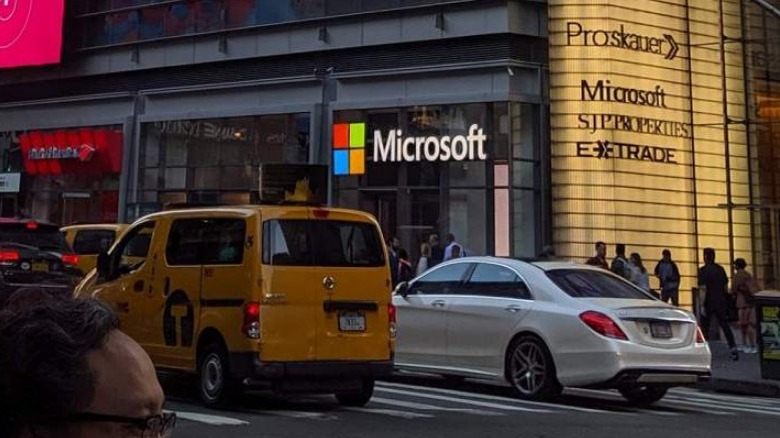Windows 11 Is The Next Big OS - What You Should Know
If you are from the camp who thinks Windows 10's next version is long due, there is an exciting development in the Microsoft quarters. The Silicon Valley giant is working on the next major update after Windows 10 which debuted way back in 2015.
There is a lot around that suggests Windows' next big version is going to arrive this year. A lot of evidence from trusted sources at least points to the fact, and it's going to be one of the most important software updates in recent years. Even bigger than your smartphone OS updates!
Will it be called Windows 11?
The big question that still remains unanswered at this point is, will the OS be in fact called Windows 11? The predecessor of Windows 8 missed the "9" and jumped to Windows 10. Don't be surprised if Microsoft calls it Windows 12 or takes a big leap to Windows 20. Just like Samsung did with the Galaxy 10 series which landed straight to Galaxy 20 in the succeeding year.
Microsoft has brought some unexpected names to its recent products and services – the likes of Xbox Series X, Windows Live or even OneDrive. If Microsoft is looking to take a radical leap, the new OS could have a name nobody even thought of in their wildest dreams.
Probable release date and pricing
Substantial evidence points at a June 24 event (commencing 11AM ET), when Microsoft could reveal details about the next Windows software. Interestingly, Microsoft has released an 11-minute video (number 11 is of significance here) called "Startup Sounds Slo-Fi Remix" playing the signature Windows startup sounds from Windows 95, XP, and 7 at 4,000-percent reduced speed.
If we scan the past closely, Windows 10 was launched officially on July 29, 2015, with a technical preview unveiled on September 30, 2014. So, going by that release schedule, Windows 11 could be unveiled this September with the official release coming somewhere next year. Since this version will be a robust refresh, a further 5-6 month's timeframe could be possible. That means, somewhere in March 2022.
While speculating the pricing of the software is a far cry for now but we can make a calculated guess. The pricing of Windows 10 didn't change much from that of Windows 8.1 and Windows 7. Assuming Microsoft is going to offer the Home and Pro versions of the upcoming Windows, then we can say the fresh copies of Windows 11 Home will be somewhere around $120 while the Pro version will come for $200.
It'll be a sweet deal for existing Windows 10 users if Microsoft does eventually offer a free upgrade from their tier version to the upcoming Windows. This is based on the fact that Windows 8 or Windows 7 licensed users were able to make the free upgrade seamlessly to Windows 10.
Expectedly, it could also be an entirely new OS – different from Windows 10 lineage. Back in 2015 Microsoft even publically said, Windows 10 is the "last version of Windows."
Expected features and UI changes
As per some recent leaks, the UI of the OS will have the same layout that we are accustomed to all these years, but with a refreshing infusion of newer elements. The new redesign coming to the OS could be the set of features code-named internally as "Sun Valley." Some rumors justify this to be the visual redesign for Windows – either in the existing Windows 10 suite or the new Windows 11 operating environment.
Mockups of the Sun Valley redesign include floating Start Menu, revamped File Explorer and jump lists in the Taskbar. Some leaks also suggest Microsoft will bring the battery usage graph to the Windows settings app – very useful for laptop and tablet users. For a minimalistic feel, the rounded corners and menus are set to bring a facelifted OS for millions of Windows users.
Microsoft already has pointed at the existence of a new app container technology, improved Voice Typing feature, and a very modern touch keyboard loaded with a personalized key resizing option, sounds, eye-pleasing hues and cool animations. Without doubt, we'll get to see a new set of fonts with the OS.
Earlier last year Microsoft vowed to introduce a refreshing taskbar design, Start Menu, Action Center with sliders and many other features for the new-age Windows-powered devices. That plan for Windows 10X was postponed due to the pandemic and now we can expect the features to eventually land on the upcoming operating system.
In November 2020, Microsoft program manager Yulia Klein pointed out some design problems in the public GitHub repository for WinUi. She suggested changes to the XAML controls to refresh the Xaml UI for consistency with other platforms. These included tweaking the toggle switches, sliders and rating controls. These could also be a part of the newly designed OS.
Windows 11 is also likely to bring deeper Bing search and Azure cloud storage integration with the OS. Just like Apple takes prime control of its app store, Microsoft will look at that model to get users to experience their other products.
Power management and security will also be on the top of their list of things to prioritize for the next big OS release. Microsoft has done a reasonably good job with security in the past and will like to up the level with Windows 11.
Changes to the Microsoft Store
As a part of the broader spectrum, the Microsoft Store might also experience changes for a unified ecosystem to make it relevant for Windows users as well as developers. This will be the ideal opportunity for Microsoft to attract developers to ship their applications via the Store. The same goes for users who need to be pleased with the ecosystem, as right now most of them install apps via the web or other platforms.
The Store is most likely going to see a visual facelift to match the theme of Windows 11. On the backend, Microsoft will ensure a more stable download and installation UI for apps and games. Windows 11 will be the perfect alibi to bring the attention back to the Microsoft Store, which to be frank, has not been able to achieve what it was intended to do.



